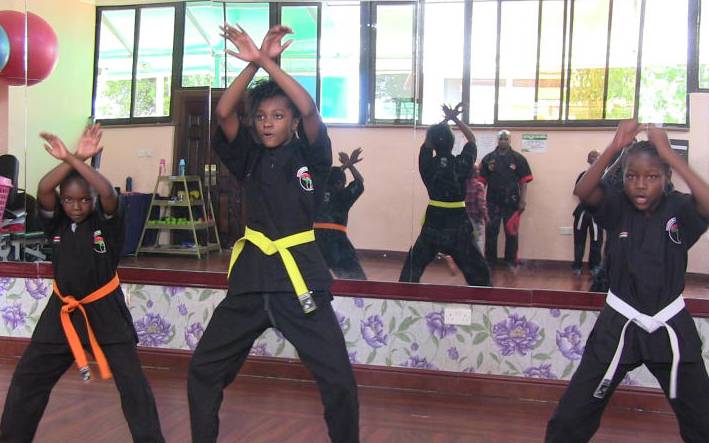×
The Standard e-Paper
Home To Bold Columnists

Some of the Kericho pupils drawn from various schools undergoing Kenpo Karate Training for self-defense and discipline. [Nikko Tanui, Standard]
It is 10 am on Saturday and a group of children file one by one into a gym in one of the top hotels in Kericho town.